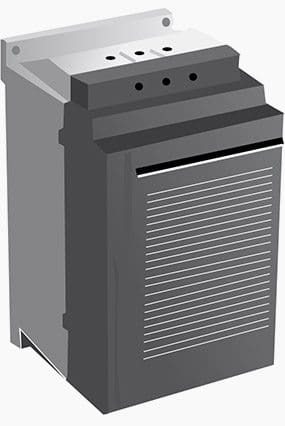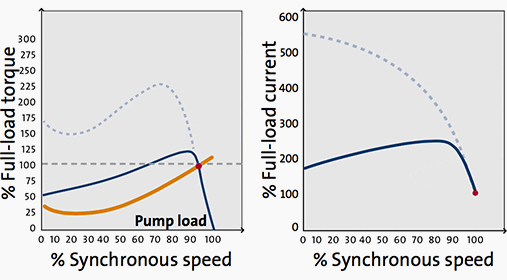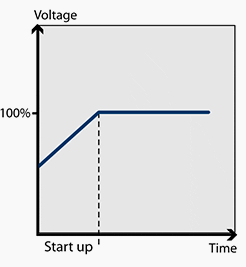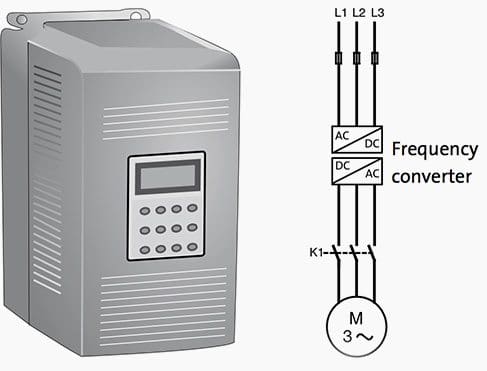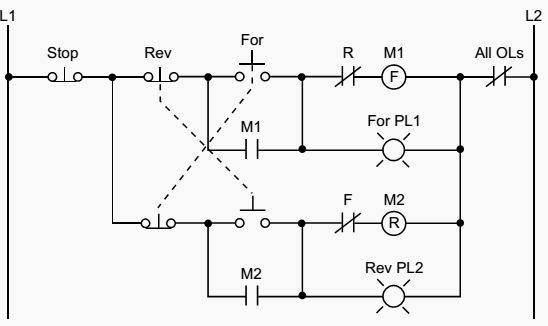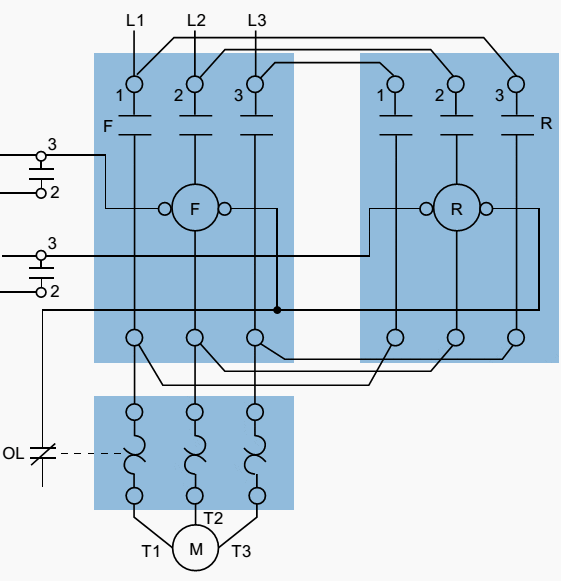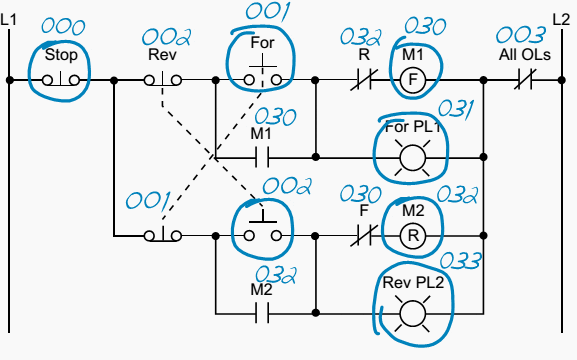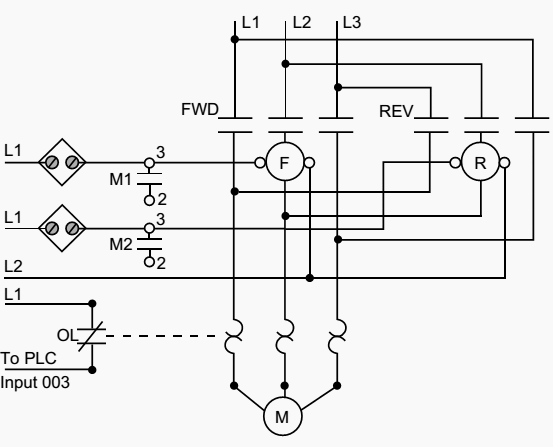The meaning of PLC…
“PLC” means “Programmable Logic Controller”, that’s clear. The word “Programmable” differentiates it from the conventional hard-wired relay logic. It can be easily programmed or changed as per the application’s requirement. The PLC also surpassed the hazard of changing the wiring.
The PLC as a unit consists of a processor to execute the control action on the field data provided by input and output modules. In a programming device, the PLC control logic is first developed and then transferred to the PLC.
So, what can a PLC actually do?
- It can perform relay-switching tasks.
- It can conduct counting, calculation and comparison of analog process values.
- It offers flexibility to modify the control logic, whenever required, in the shortest time.
- It responds to the changes in process parameters within fractions of seconds.
- It improves the overall control system reliability.
- It is cost effective for controlling complex systems.
- It trouble-shoots more simply and more quickly
- It can be worked with the help of the HMI (Human-Machine Interface) computer
There are many other things this little ‘mean’ thing can do, but one thing I’m sure – that PLCs are irreplaceable in many industry applications and control projects.
Here is an example of wired ABB’s AC500 programmable logic controllers.

Basic block diagram
Figure 1 shows the basic block diagram of a common PLC system.

As shown in the above figure, the heart of the “PLC” in the center, i.e., the Processor or CPU (Central Processing Unit).
- The CPU regulates the PLC program, data storage, and data exchange with I//O modules.
- Input and output modules are the media for data exchange between field devices and CPU. It tells CPU the exact status of field devices and also acts as a tool to control them.
- A programming device is a computer loaded with programming software, which allows a user to create, transfer and make changes in the PLC software.
- Memory provides the storage media for the PLC program as well as for different data.
Size of the PLC system
Usually they are classified on the basis of their size:
- A small system is one with less than 500 analog and digital I/Os.
- A medium system has I/Os ranging from 500 to 5,000.
- A system with over 5,000 I/Os are considered large.
Components of the PLC system
CPU or processor: The main processor (Central Processing Unit or CPU) is a microprocessor-based system that executes the control program after reading the status of field inputs and then sends commands to field outputs.
I/O section: I/O modules act as “Real Data Interface” between field and CPU. The PLC knows the real status of field devices, and controls the field devices by means of the relevant I/O cards.
Programming device: A CPU card can be connected with a programming device through a communication link via a programming port on the CPU.
Operating station: An operating station is commonly used to provide an “Operating Window” to the process. It is usually a separate device (generally a PC), loaded with HMI (Human Machine Software).
PLC Configurations
There are two basic configurations that commercial manufacturers offer:
1. Fixed Configuration

2. Modular Configuration

PLC Applications (VIDEOs) //
Real world applications
An Application for Industrial Process Control
PLC Bottling Application
PLC application color mixing
PLC Suited To Bottling Line Application
5 guides to study PLCs //
- PLC – Programmable Logic Controller – Hugh Jack
- PLC Programming – OMRON
- PLC – Theory and Implementation – L.A. Bryan; E.A. Bryan
- Industrial Training – SCADA System and PLC – Mr. Sonu Kumar Yadav
References //
- Industrial Automation Pocket Book – IDC Technologies
- Overview of Programmable Overview of Programmable Logic Controllers – Dr. Fernando Rios-Gutierrez



